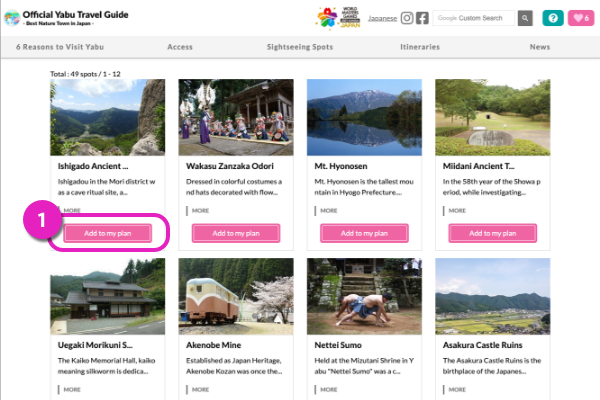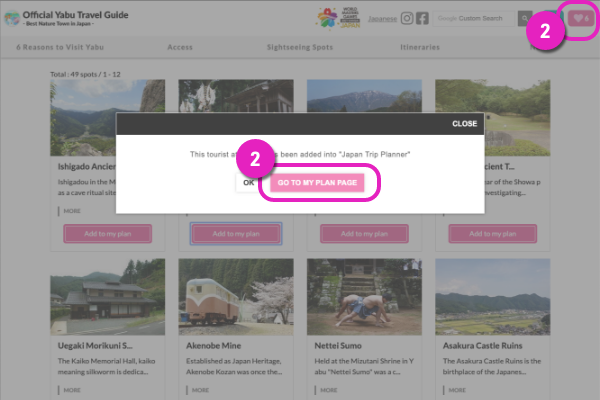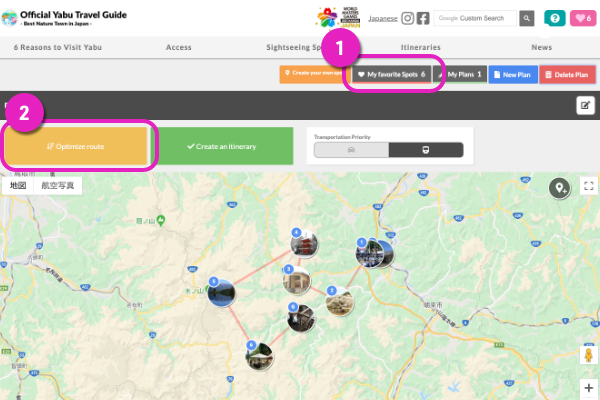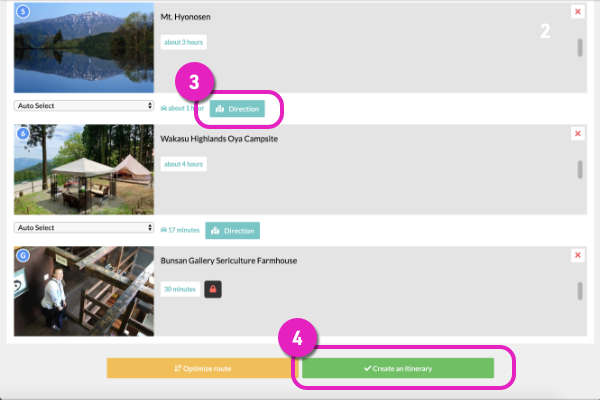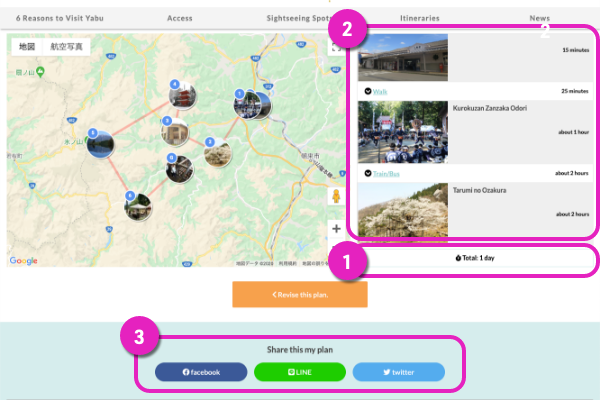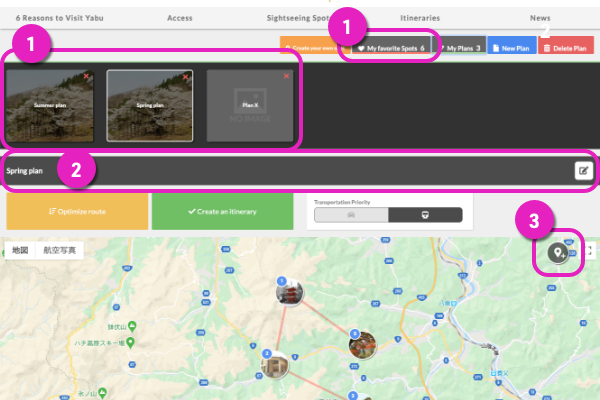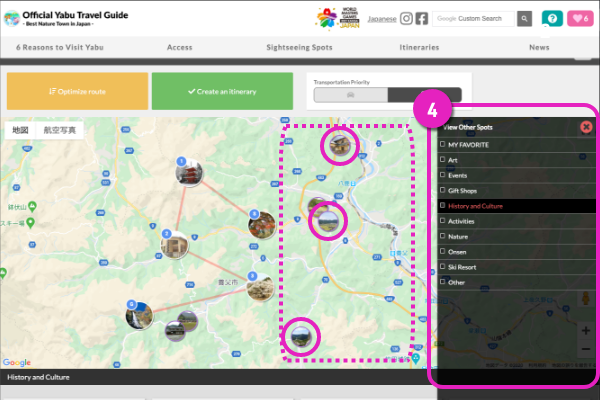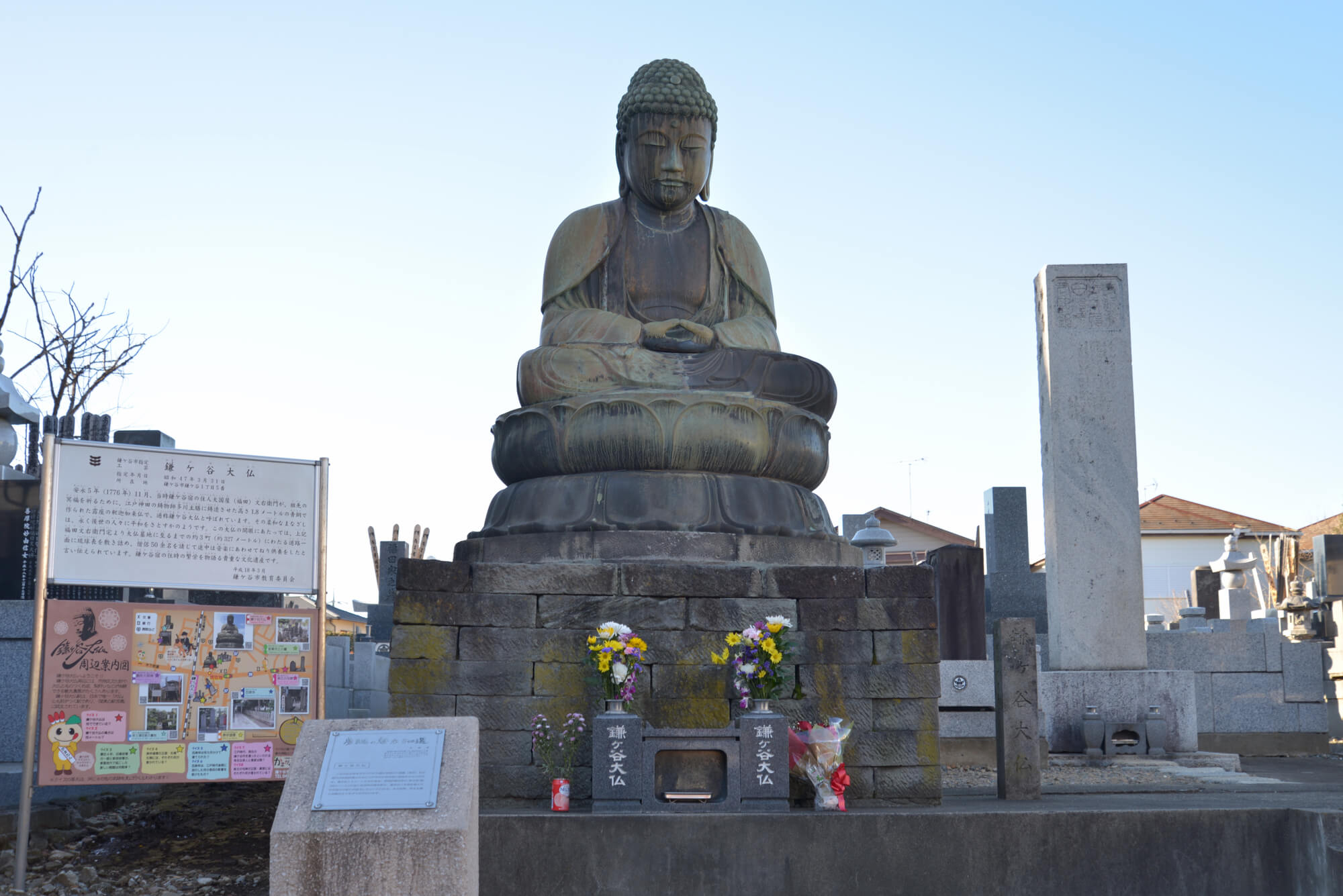
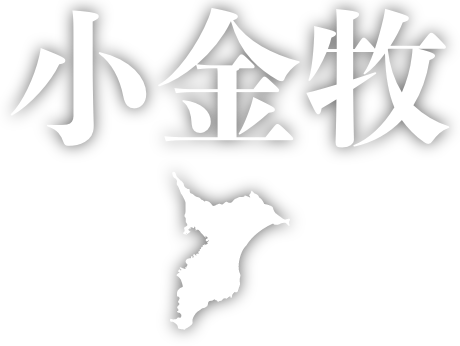
Kogane-maki
Koganemaki is located on a flat plateau spreading over Kashiwa, Matsudo, Kamagaya and Funabashi in the northwest of Chiba Prefecture, on what is known as the Koganehara and Tekurahara of Inzai. In late Edo, it was made of 5 maki: Takadadaimaki, Uenomaki, Nakanomaki, Shimonomaki and Inzaimaki. The area of the maki (pasture) was about 15,000 ha which is equivalent to Haneda Airport. At the Bakumatsu (the last days of the Tokugawa shogunate), approximately 1000 horses including the Arabian horses sent by Napoleon III grazed on this area. From early to middle Edo period, commercial crops such as pears from the shidenkaihatsu (development of new fields) were produced in Koganemaki which was close to Edo. It was also a place well known by the citizens of Edo as it was featured in paintings depicting landscapes and rituals of maki and the deer hunting of the shogun by famous ukiyoe artists such as Hiroshige and Kuniyoshi from the Edo period as well as travelogues by Bashō and Issa. From the Meiji era, it was converted into cleared land and land for military use and after the war, has increasingly become a residential area. The bamaki (horse pasture) is buried underneath the streets but the name, the archaeologic remains of maki and the residences of the mokushi (governmental post in charge of maintaining pastures) pass on the stories of Koganemaki to this present day.
Recommend Spots

National Historic Site Shimōsa Kogane Nakanomaki Site (Totokkome)
Theme: History
The site of Nakanomaki. One of the Koganemaki that the Edo Shogunate built to meet the demand for war horses. Tokkome was a facility which captured and selected wild horses. Of the three sections, one section is open to the general public. Guides are provided for the other two sections during events. Designated as a National Historic Site on Feburary 6, Heisei 19 (2007).

Former Yoshida Residence
Theme: Living
The Koganemaki Inspector Mokushi (a governmental post in charge of maintaining pastures) Yoshida family were involved with the management of maki (pastures) over four generations. The main building is a wooden single-story house with a thatched roof which was built in Kaei 6 (1852). The study is a wooden single-story building with a pantile roof built in the same year.
